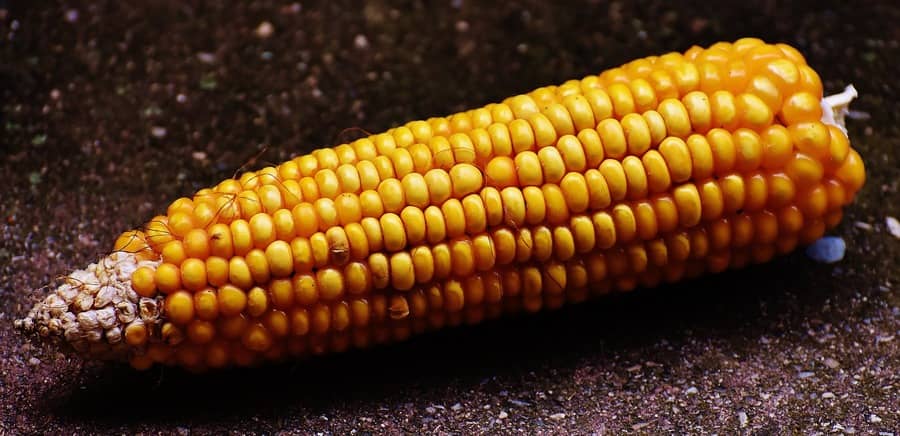Porto Alegre, October 11, 2022 – Planting and exports of corn keep advancing in Brazilian market. The domestic scenario continues to be guided by a good start of the summer planting, in the main corn-producing regions, as well as a healthy pace of exports. We raised our export forecast from 37 to 38.5 mln tons due to the good number of shipments scheduled for October. However, we will still depend on the last quarter of the business year to define the size of Brazilian sales. We have good prices at ports for December and January, which has been a sales alternative for large volumes. Now, with the electoral scenario, some growers believe in a higher risk from the exchange rate and restrict sales in October. The consumer sector, in turn, also seems to be positioned, and this is creating a weak price movement within the domestic market.
The planting of Brazil’s 22/23 summer crop of corn continues at a good pace. In addition to the good progress in the South region, now the Southeast and Goiás are also speeding up the planting. These are the most important regions for the summer crop and suggest, given the planting profile, that the harvest will start in January.
The rains have been excellent in the last 15 days from Rio Grande do Sul to midwestern Mato Grosso, São Paulo and south-central Minas Gerais. Paraguay also received an excellent level of rainfall in the period, and the advance of soybean planting is significant. This whole situation begins to show not only good development of the summer crop, in this initial phase, but also a great planting window for the 2023 second crop, with the soybean harvest expected to occur early in January/February.
The climate issue in South America remains with relatively delayed rainfall in eastern Mato Grosso, northern Goiás, Minas Gerais, and Matopiba. But in these locations there are still adequate deadlines for planting and the arrival of rain. Argentina has become a premature topic of discussion in the international environment. With falling prices on the CBOT, especially in the case of soybeans, the market is trying to find a new variable to generate some positive volatility. In fact, the situation in Argentina is still very discreet in terms of rainfall in the Nucleo area – Cordoba, Santa Fe, and Buenos Aires – but this region has plantings later than in the northeast of the country. In the northeast, corn planting is nearly 20% complete, and the soybean planting must start at the end of the month.
It is clear that the soil moisture situation in Argentina is not comfortable at the moment, however, we cannot point to problems in a crop that has just started to be planted and that has a later planting season in comparison with Brazil. But, of course, it is dry, and the rains need to arrive to make planting possible. In the northeast, where corn has already been planted, there is a good forecast of rains for October. The global picture is worrying for the first half of 2023, with low stocks in the United States, historic crop failure in Europe, doubts about Ukraine, and La Nina putting South America at risk of climate change. The movement of climate attention over Argentina and Brazil seems more than normal in this environment.
Meanwhile, Brazilian exports continue at a good pace. Last week, shipments and registrations accumulated 29.7 mln tons for the business year, and October now has a queue involving 5.4 mln tons. For this reason, we are raising the annual number from 37 to 38.5 mln tons. There is good demand from trading companies for shipments from November to January, but we must expect an average of 3 mln tons a month in this period. There is demand for corn in February and March, but Brazilian logistics will only allow more significant shipments for the first two months of 2023, February and March, through Rio Grande and Imbituba. There are buyers between BRL 94/96 at the port of Rio Grande. The Southern region market is still very worried about the weather and not accepting to make future sales before the summer crop is safer for production.
The increase in exports, for now, does not affect the picture of stocks for 2023, with expectations of just over 8 mln tons in carryover stocks. If the summer crop goes on without problems, that means the production of 25 mln plus 8 mln tons of carry-over stocks. This would be enough to meet domestic demand until the 2023 second crop. The 2023 second crop, in turn, draws a good planting window, and this can shorten the supply needs in the first semester, until the entry of the second crop. The risk of the first semester, besides the climate variable, will continue to be the Brazilian logistics in view of a potential soybean crop of more than 150 mln tons. It will be difficult to find space in logistics for corn exports between February and June, unlike what happened in 2022 when the soybean crop failure allowed these spaces. So, we must consider a still strong flow of corn exports until January, but with great difficulties for major volumes from February to June.
Follow the Safras Agency on our website. Also follow us on our Instagram and Twitter and stay on top of the main agribusiness news!
Copyright 2022 – Grupo CMA

